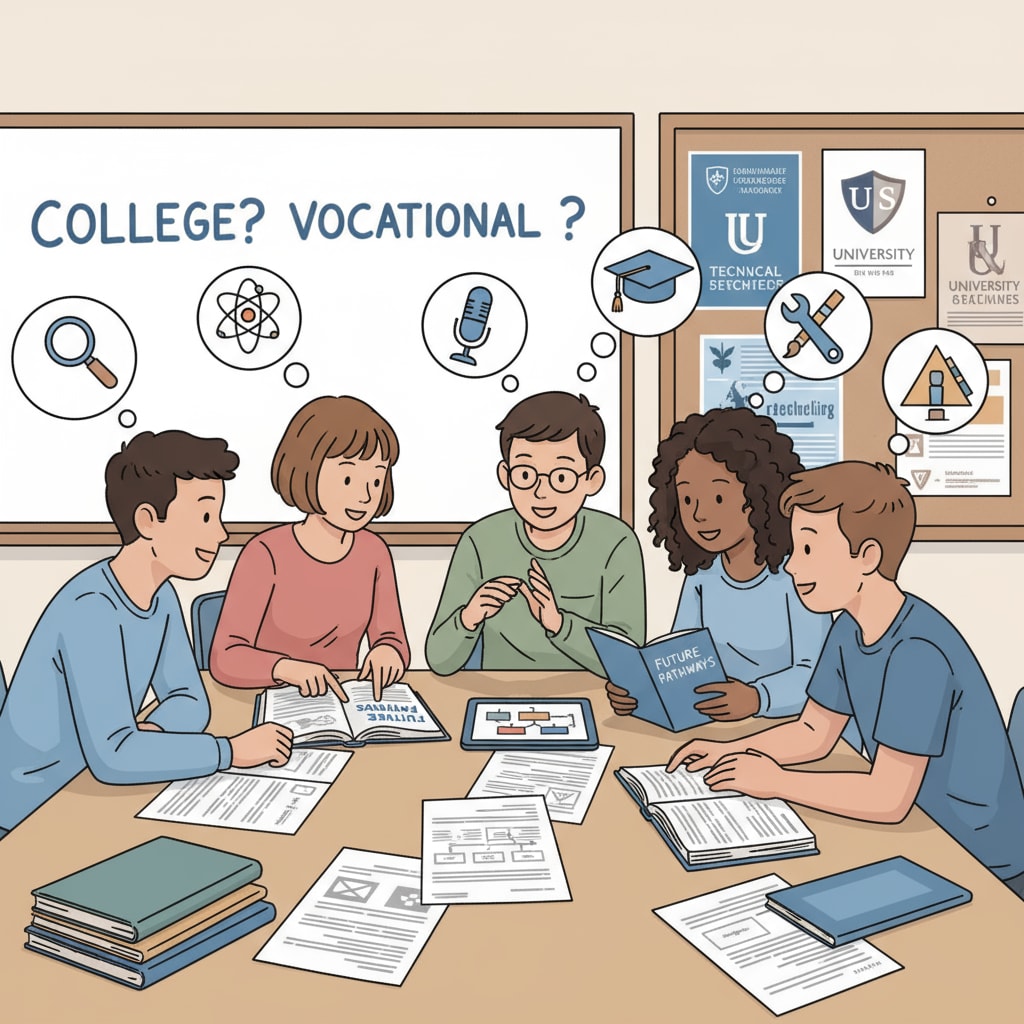Dropouts, GED, and educational choices are crucial aspects when it comes to helping teenagers who have left school get back on track. For many young people, dropping out of school can be a difficult decision, often driven by various factors such as personal challenges, family issues, or problems in the traditional educational environment. However, it’s important to note that this doesn’t mean the end of their educational journey. There are multiple paths available for them to continue learning and build a better future.

The Dilemma of Dropout Teenagers
Teenagers who drop out of school face numerous difficulties. Firstly, they often lack the basic knowledge and skills that a complete education can provide. This can limit their future career opportunities as many jobs require a certain level of educational attainment. For example, in today’s competitive job market, even entry-level positions may demand a high school diploma. Secondly, the social stigma associated with dropping out can be overwhelming. Dropouts may feel isolated and lack the confidence to pursue further education or engage in social activities. As a result, finding suitable educational choices becomes a top priority for them. U.S. Department of Education on Dropout Prevention
The Role of GED in Continuing Education
The General Educational Development (GED) test plays a significant role in the educational choices of dropout teenagers. The GED is an alternative to a traditional high school diploma. It assesses an individual’s knowledge in four main subject areas: language arts, social studies, science, and mathematics. By passing the GED test, teenagers can prove that they have the equivalent knowledge and skills of a high school graduate. This opens up new doors for them, whether it’s pursuing higher education at a community college or entering the workforce with more credibility. For instance, many colleges accept GED graduates for admission. Official GED Website

Preparing for the GED test requires dedication and the right resources. There are numerous study materials available, both online and in print. Additionally, many community centers and educational institutions offer GED preparation courses. These courses provide structured learning environments where students can receive guidance from experienced instructors. In addition to academic preparation, emotional support is also crucial during this process. Dropout teenagers may need encouragement to believe in their ability to pass the test and restart their educational journey.
Alternative Education Programs
Alternative education programs are another valuable option for dropout teenagers. These programs are designed to meet the unique needs of students who may not thrive in a traditional school setting. They often have smaller class sizes, more flexible schedules, and a curriculum that is tailored to the interests and learning styles of the students. For example, some alternative programs focus on hands-on learning experiences, which can be more engaging for students who learn better through practical activities. These programs can cover a wide range of subjects, from basic academics to vocational training.
There are different types of alternative education programs, such as charter schools, homeschooling, and vocational training centers. Charter schools offer an alternative to public schools, with more freedom in curriculum design and teaching methods. Homeschooling allows students to learn at home, under the guidance of parents or tutors. Vocational training centers provide specialized training in fields like plumbing, carpentry, or culinary arts. These programs not only help students gain academic knowledge but also equip them with practical skills that can lead to stable careers.
Personalized Learning Plans
Personalized learning plans are essential in providing educational choices for dropout teenagers. Each student has unique learning needs, strengths, and weaknesses. A personalized learning plan takes these factors into account and creates a customized roadmap for their educational journey. This could involve setting specific learning goals, choosing appropriate learning materials, and determining the best teaching methods for the individual student.
For example, a student who is strong in math but struggles with language arts may have a learning plan that focuses more on improving their writing and reading skills. The plan may include one-on-one tutoring, online courses, or group discussions. By tailoring the learning experience to the individual, students are more likely to stay motivated and achieve their educational goals. In addition, regular assessment and feedback are integral parts of personalized learning plans, allowing for adjustments to be made as needed.
In conclusion, dropouts, GED, and educational choices offer a ray of hope for teenagers who have left school. Through GED tests, alternative education programs, and personalized learning plans, these young people can rebuild their confidence, gain the knowledge and skills they need, and restart their educational and life journeys. It’s important for society, educators, and families to support these students and provide them with the resources and opportunities they deserve.
Readability guidance: This article uses short paragraphs and lists to summarize key points. Each H2 section provides relevant details. The proportion of passive voice and long sentences is controlled, and transition words are added throughout the text to enhance readability.


